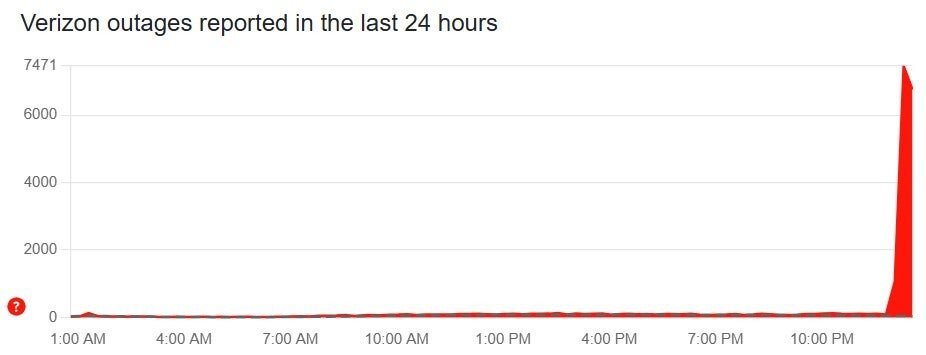
Eidford village Norway, Volkswagen ID4 SUV electric vehicle being charged by a 360kw vehicle charging station with cruise ship MS Rotterdam in port. (Photo by: Martin Berry/UCG/Universal Images Group via Getty Images)
UCG/Universal Images Group via Getty Images
At first blush, it seems Norway just committed the ultimate heresy in clean tech policy: it laid out plans to begin shutting off the subsidy tap. But the Norwegian market likely won’t blink—because Norway waited until after the EV market had matured.
In its latest budget release, the Norwegian government announced it would begin phasing out the country’s value-added tax (VAT) exemption for electric vehicles. The exemption will be scaled back in 2026 and completely phased out by 2027. This isn’t a trial balloon or a policy rumor, it’s formal policy. But here is the important bit: electric vehicles accounted for 98% of new car sales in Norway last month. Over the last year, they’ve accounted for 95%.
Norway is about to show the rest of the world the foolishness of believing EV markets are too delicate to function without government crutches.
Norway’s EV Policy in Context
What Norway is doing isn’t reckless, it’s rational. The government is acknowledging the basic principle that too often gets buried under layers of political posturing and inertia stateside: tax incentives like the now-defunct federal EV tax credit are designed to do something and, once they’ve done it, they can go away. The goal of a subsidy is not to last forever—it’s to not be needed forever.
And yet in the U.S., advocates and opponents alike treat tax credits like heirloom furniture. Once enacted, they are presumed or feared permanent, as if withdrawing them would collapse not just the market, but public confidence, investor sentiment, and maybe even the government itself. But such fears need only be warranted when subsidies are pulled too soon—or for political, rather than economic, reasons.
What Norway is doing, and consequently what the U.S. failed to do, was treat tax policy like a tool rather than a trophy. Incentives are supposed to be used to prop up a market until it can stand on its own—not become permanent policy. But they also have to stick around long enough to finish the job. Kill them too early and you’re left having spent good money on a half-built bridge with a long drop underneath.
Norway’s phaseout doesn’t justify the U.S. repeal—it rebukes it. It shows how policy off-ramps should be handled: gradually, strategically, and in due time.
Build it—Then Let Go
Norway didn’t just stumble into 95% EV adoption, it got there by staying the course. For over a decade, Norway built one of the world’s most generous and forward-looking EV incentive systems. The crown jewel was a full exemption from the country’s VAT for electric vehicles, rendering them dramatically more affordable relative to their internal combustion counterparts. The government also piled on additional perks, from reduced tolls to free municipal parking.
EVs now make up the majority of new car sales in Norway and, even absent the VAT exemption, odds are good that will remain true. The EV isn’t a niche product anymore, it’s the default. That means the original rationale for the exemption—overcoming price and perception barriers—is no longer operative. Norway’s policy succeeded.
This is what a end-state for well-calibrated policy looks like. The government isn’t abandoning EVs, it’s acknowledging that the economics no longer require assistance to stand. By targeting the remaining support toward more affordable models and simultaneously ratcheting up the pressure on gasoline cars through a one-time tax on internal combustion vehicles, Norway is balancing state revenue with subsidy. They’ve moved past the policy sowing stage and are now entering their reward reaping era.
Incentives as Tools—Not Treats
Somewhere along the way, the U.S. forgot how tax incentives are supposed to work.
When they are at their best, tax credits are strategic. They are injected at a point of market failure, tilting the cost-benefit scales, and are structured to step aside when conditions change for the better. That’s the model: temporary public support in the form of foregone revenue to build permanent private infrastructure.
Earlier this year the federal EV credit was sacrificed on the altar of fiscal discipline and political revenge-seeking when the One Big Beautiful Bill Act unceremoniously ended it. It wasn’t adjusted, it wasn’t phased down, it wasn’t retargeted. At the end of September, it was just gone.
That isn’t good tax policy, that’s a political tantrum.
Norway treated its EV incentives as policy tools rather than political symbols. They built a tax structure to intervene on behalf of a market problem—that EVs, a new technology, could not compete with internal combustion vehicles on price. The U.S., meanwhile, spent a decade turning the credit into a culture war football and then punted it off a cliff in favor of tax cuts for millionaires.
The problem with the federal EV tax credit wasn’t that it ended, it’s that it ended too soon and was never built with a plan to end it well. Advocates feared that removing support, even gradually, would spook the market. Detractors swore that once it was introduced it would be permanently entrenched in the tax code.
The cleanest way to support a maturing market isn’t with endless subsidies—it’s with credible and measured withdrawal. Norway is offering exactly that. By scaling back benefits at the top while keeping pressure on high-pollution alternatives, it isn’t weakening its climate policy—it’s just strengthening its fiscal and political foundation.
There’s a lesson in there for the U.S., should there ever again be the political will to spend some tax revenue in furtherance of a cleaner future. But whether anyone in Washington is listening is another question entirely.






